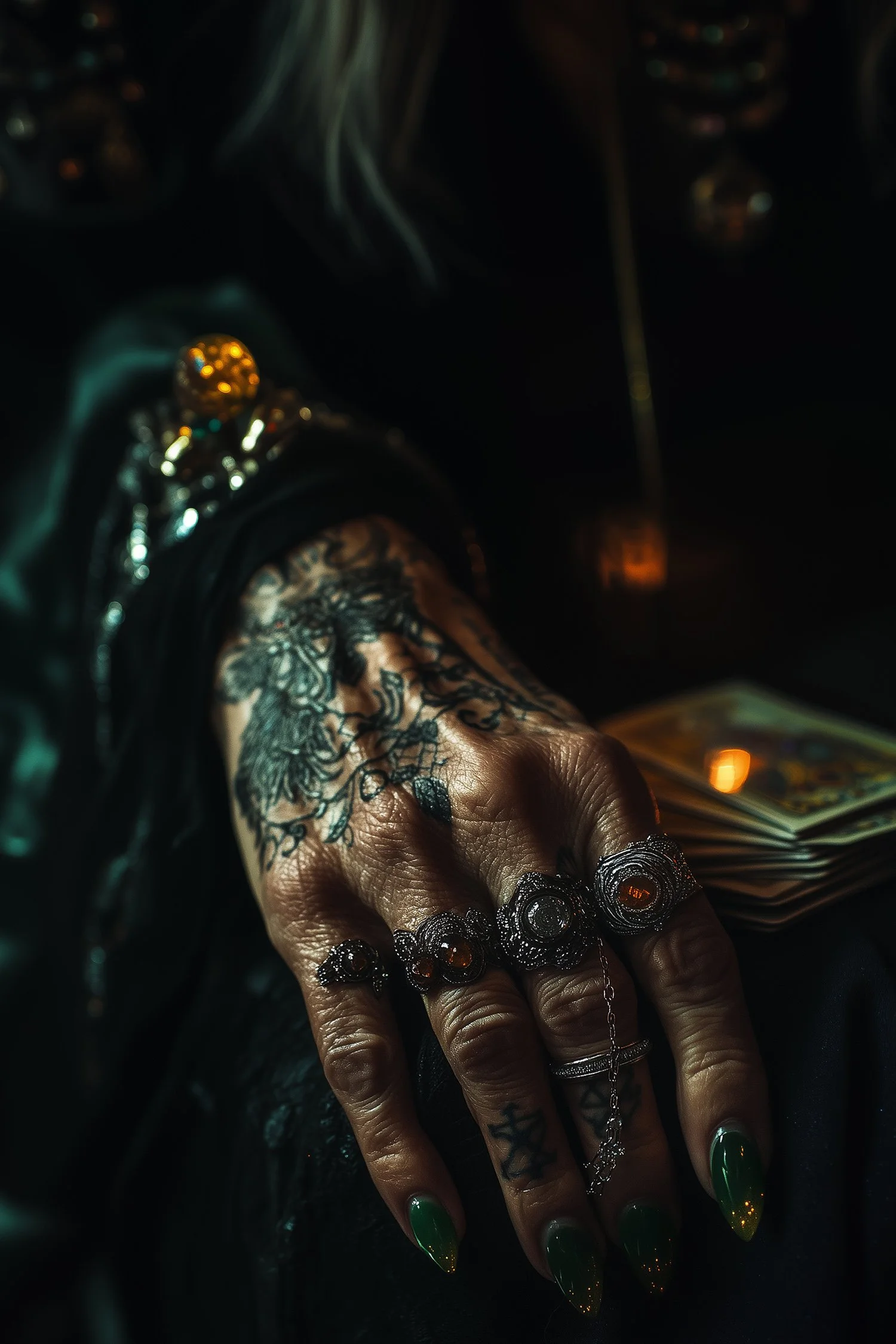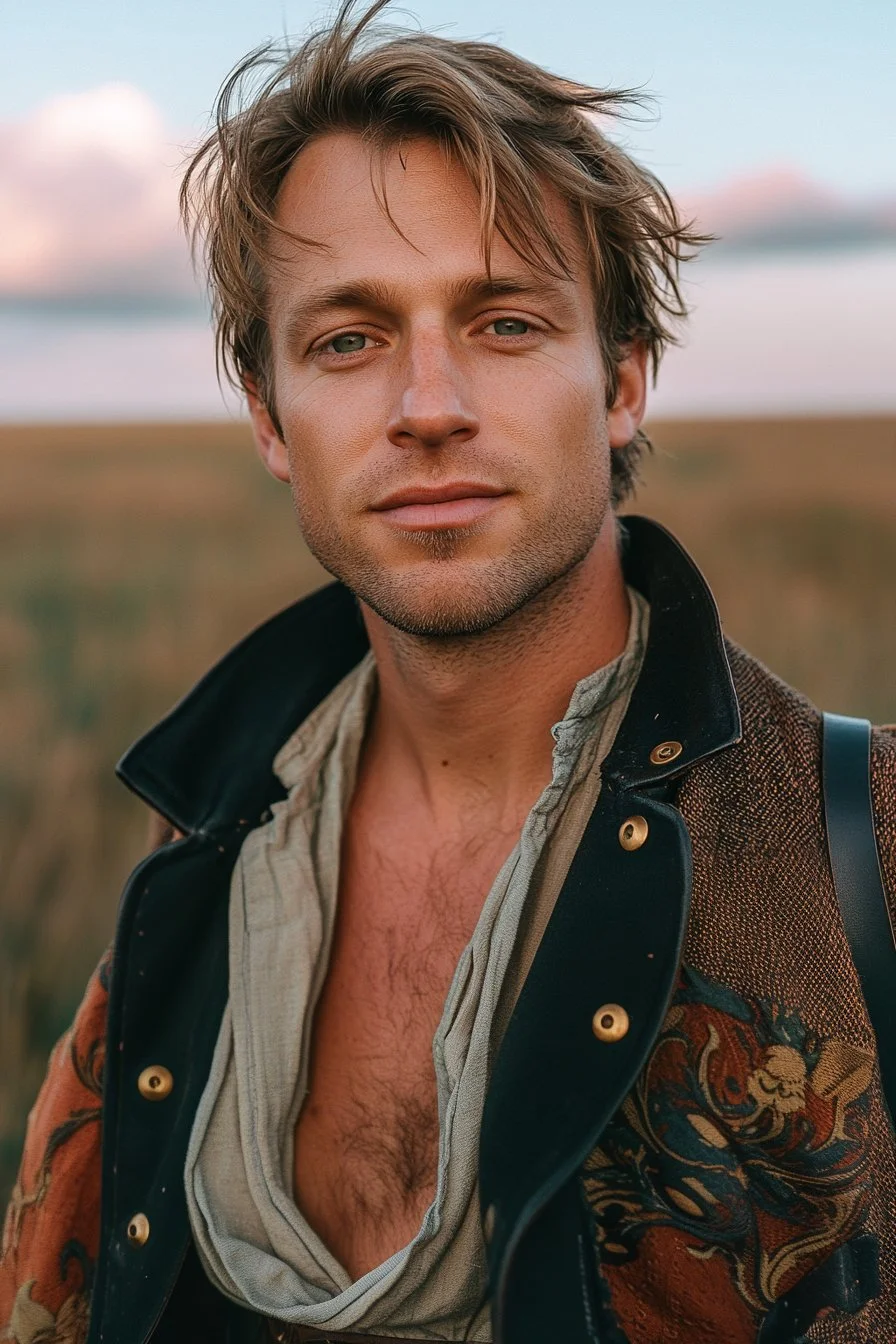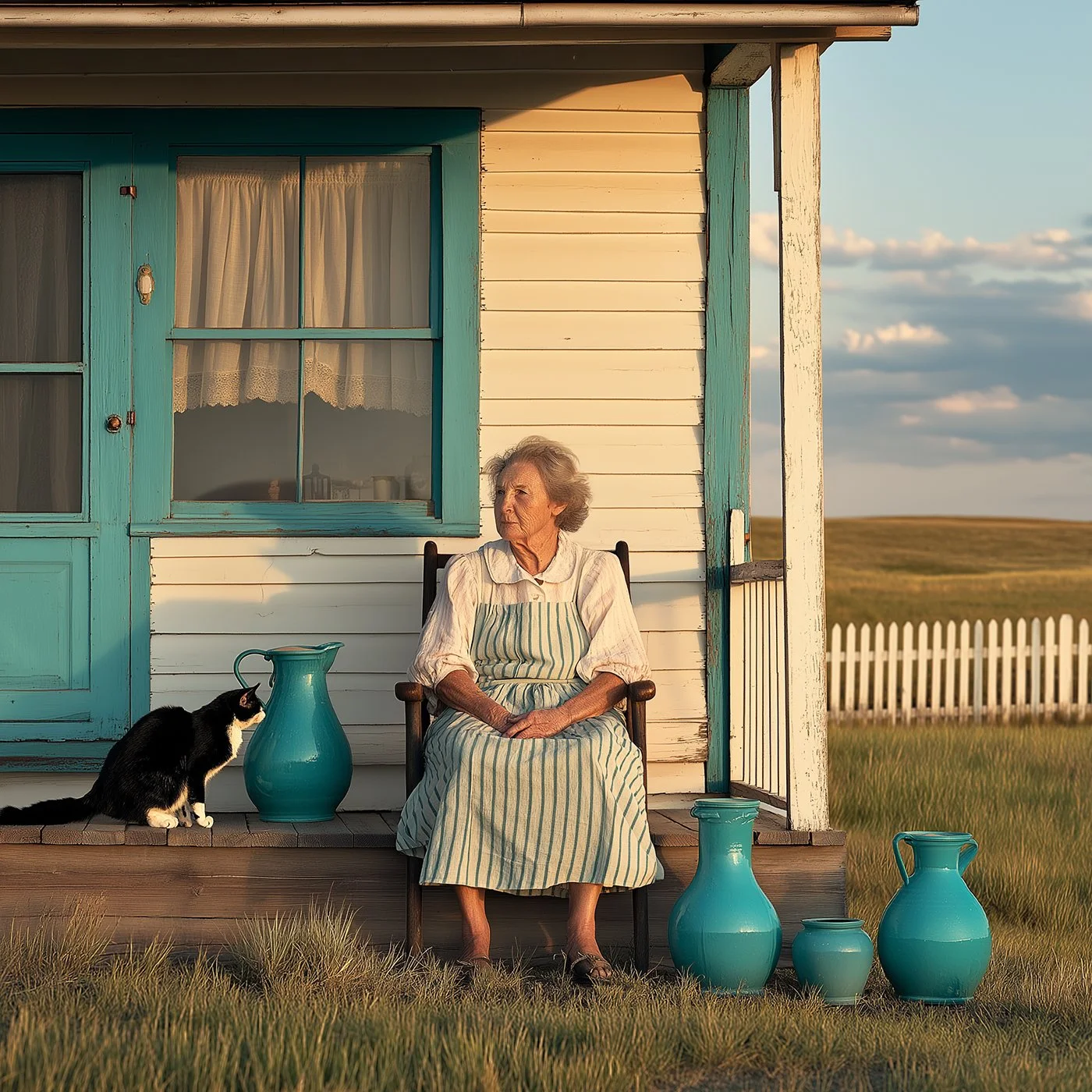Embracing AI
(Updated. Original post from 8/3/23) When I was a kid, I’d spend hours doodling on yellow legal pads. During church or under a blanket fort after bedtime, my imagination would go on overdrive… I’d sketch open views of houses with tiny stick-figure families living in each room, forests with trees that had interwoven root systems… (something I read about in book somewhere), or bustling construction sites with cranes hoisting beams and dump trucks hauling rocks. I’d never seen real construction sites like that before, but between my dad building houses for a living and my obsession with Incredible Cross Sections by Stephen Biesty, I could replicate every detail.
As I got older, theater, tennis, schoolwork, and endless hours playing video games took over my free time. The doodles faded into memory… tucked away like the drawings my mom kept in our basement “for later”.
Now, as an adult, I’ve realized those bursts of pure creativity are essential to my mental health. Finding myself lost in “the flow” is rare these days, and it’s how I show love and attention to my inner child.
To exercise my imagination again, I started carving out dedicated “hourglass sessions,” named after a giant hourglass timer I mistakenly bought from HAY on sale. (It came at about 150% larger than I had expected, taking around 45 minutes to empty,) just enough to craft a quick watercolor, write a morning session through the Artist’s Way, doodle in Procreate, or render a moodboard in AI.
As an artist and designer, I understand the skepticism on using AI. It’s an awe-inspiring, terrifying, and potentially job-erasing tool. But it also lets me create anything I can imagine, without expensive software, a full photoshoot, or expensive propping. I joined Midjourney during its early beta, and I can’t express how it’s opened my eyes to new horizons in creativity.
“A tomato vine in a sunbeam. Crumbling bricks along an English garden wall.”
…this was my first ever prompt. The result looked nearly photo-real, and I was shocked. I made several variations, then moved on to a man in a cathedral framed by stained glass, a global village with tan and black ceramics on onyx sand, and an ocean-side town lined with terra-cotta pottery. When I ran out of free renders, I signed up for a membership almost immediately.
What struck me most was the feeling I had when compiling these images… the same pure creative immersion I’d had as a kid, crafting my own worlds, just in a new way. I’d found the flow again! The only limits were my ability to write prompts and Midjourney’s hilariously bad attempts at rendering fingers.
This whole process reminded me of an article I read about how, in 1970, how people panicked when Xerox introduced the copy machine… predicting it would destroy writing and creativity forever. Probably the same with Polaroid Cameras, the internet, and the CD player as well. (Ironically, I still take film photos, listen to vinyl, and watercolor… if anything I focus more attention on these lofi techniques as they slow me down, and ground me.)
AI is not a replacement for photography, but in a pinch, generative fill in Photoshop is a lifesaver. I’m still employed as an art director. My favorite artist, Goldfrapp, is still making new albums, of which I always purchase on vinyl. And no one I work with has suggested replacing potential candidates with AI. I use ChatGPT daily for proposals, copy updates, and research.
From Photoshop and Midjourney to Apple and Google, AI has woven itself into my everyday life, like a smarter, more useful Tamagotchi that happens to know the specifics of who I’m talking to from Hinge, to my financial goals, and what face wash I’m using. GPT-5 launched this week, and I can’t wait to see how it improves my flow even further.
I understand the hesitancy, especially around AI’s environmental impact, but I see it as a trade-off. I live in a tiny NYC walk-up, don’t own a car, and commute by train. I choose to be optimistic. I’d encourage anyone skeptical about these tools to try one out vs. giving into what you read on a click bait article on social media.
We don’t know yet what these tools will mean for our jobs, art, or the economy. Laws must be created to contain them, and environmental practices need to be pursued to use green-energy to power them, but that’s across all industry. After six months of using AI regularly in all of its forms, I believe the limitations of AI will grow smaller, and encourage creatives to make better work, not replace us. Check out my Midjourney renderings on Instagram, and let’s keep this conversation going! I’d love to hear your thoughts and experiences on how AI has impacted your work, and your thoughts on creating in the future.






























